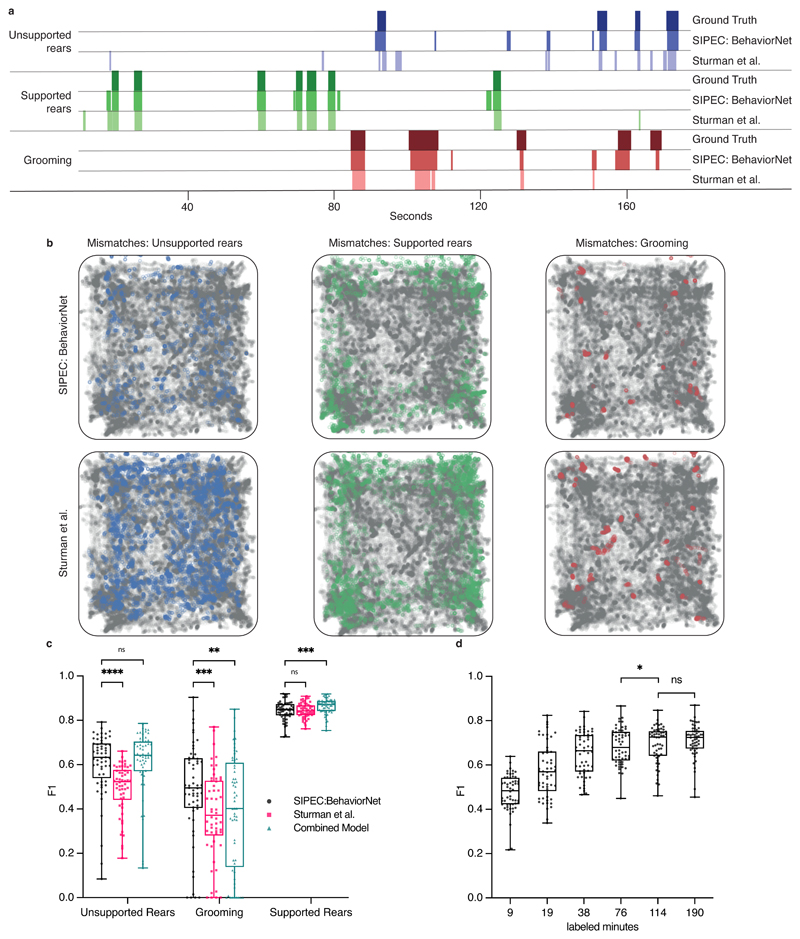Fig. 3. SIPEC:BehaveNet outperforms pose-estimation (DeepLabCut) based approach (Sturman et al.20).
a) Comparison of behavioral classification by human annotator (ground truth), SIPEC:BehaveNet, and Sturman et al.20 b) Errors in the classification of mouse behavior in the open arena for SIPEC:BehaveNet versus Sturman et al. Each colored dot represents a behavioral event that is incorrectly classified by that method (while correctly classified by the other) with respect to the ground truth. none-classified (background class) positions of mice are indicated as grey dots. c) Frame-by-frame classification performance per video (n=20 mice) compared to ground truth. d) SIPEC:BehaveNet classification performance as a function of labeled minutes. All data is represented by a minimum-to-maximum box-and-whisker plot, showing all points. Wilcoxon paired test:* p <= 0.05; *** p <= 0.001; **** p <= p <= 0.0001.

